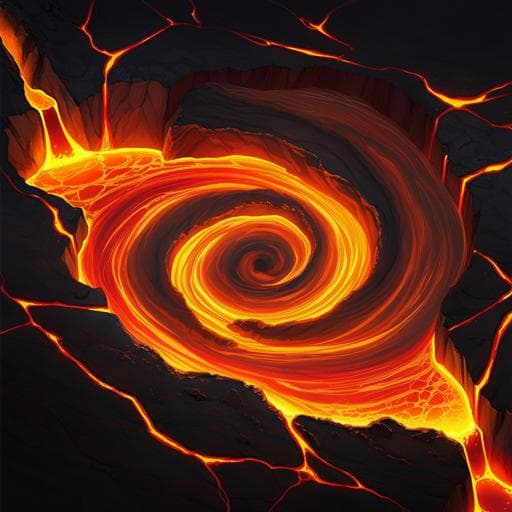
Earth Sciences
Catastrophic slab loss in southwestern Pangea preserved in the mantle and igneous record
G. M. Gianni and C. R. Navarrete
This study by Guido M. Gianni and César R. Navarrete reveals the origins of the Choiyoi Magmatic Province's silicic magmatism in southwestern Pangea during the mid-Permian-Triassic. Through innovative research methods, the authors uncover a connection between slab loss and this significant geological event, marking an important milestone in our understanding of ancient geodynamics.
~3 min • Beginner • English
Related Publications
Explore these studies to deepen your understanding of the subject.







